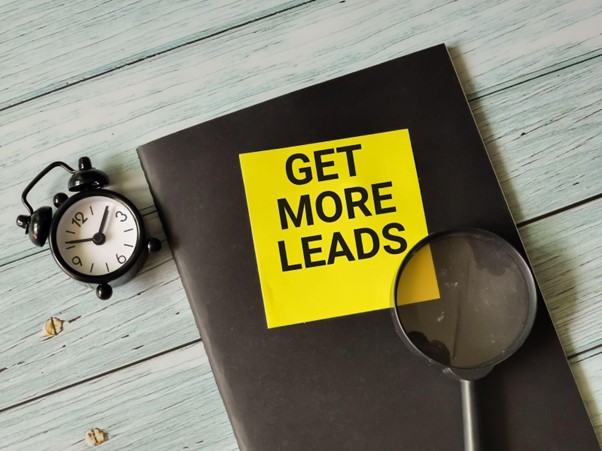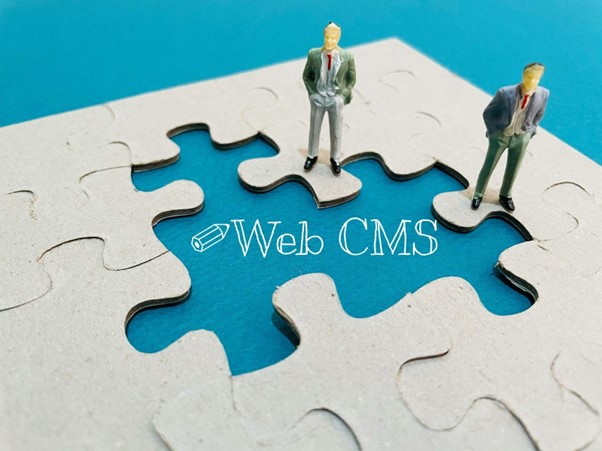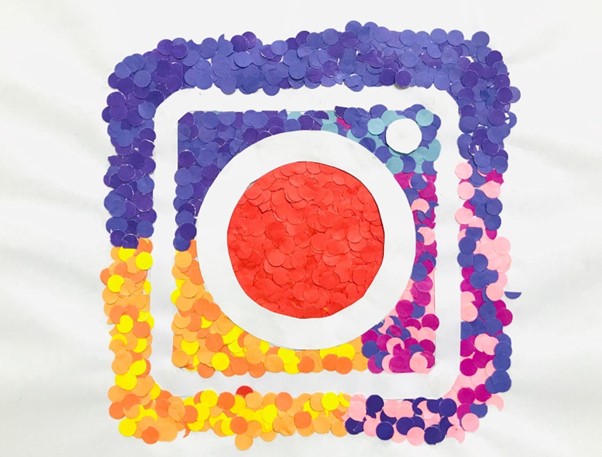You’re at a business expo, and you spot someone across the room who you know would be the perfect fit for your business. They have the right job title, the right industry, and the right demeanor. But how do you approach them without being too pushy or turning them off? That’s where B2B lead generation strategies come in. As a matter of fact, according to RulerAnalytics, 91% of marketers say that lead generation is their most important goal.
B2B lead generation is like being a matchmaker for businesses. It’s about finding the right people who are most likely to become paying customers and nurturing them until they are ready to make a purchase. Think of it as courting your potential customers and showing them why your business is the perfect fit for their needs.
But it’s not just about throwing tactics and strategies at the wall and seeing what sticks. It’s about using the right methods to attract and engage prospects and ultimately convert them into qualified leads that are interested in what your business has to offer.
So, whether you’re at a party or scrolling through LinkedIn, remember that B2B lead generation strategies are all about finding the right match for your business and nurturing that relationship until it blossoms into a paying customer.
Importance of B2B Lead Generation
In today’s business world, B2B lead generation is no longer an option; it is crucial for the success of any business. Without a steady stream of qualified leads, a business cannot grow and thrive. How? A research suggests that marketers are still focusing heavily on lead generation, with 53% of them spending half or more of their entire budget on lead gen efforts. Let’s find out how.
- Increased Revenue

It’s no secret that revenue is the lifeblood of any business. And when it comes to B2B lead generation, generating more qualified leads can be the key to unlocking a steady stream of revenue for your business. Think about it: the more qualified leads you have in your pipeline, the more opportunities you have to convert them into paying customers. And with more paying customers comes more revenue.
But it’s not just about quantity. B2B lead generation also focuses on the quality of leads, ensuring that they are the right fit for your business and more likely to convert into loyal customers. By targeting the right customers with the right message, you can increase the chances of successful conversions and boost your revenue.
- Better Customer Targeting
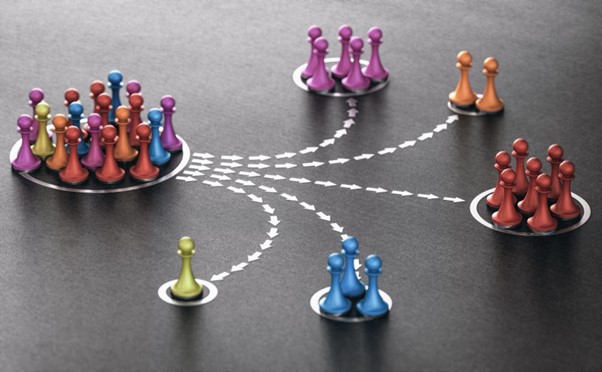
In the world of B2B sales, finding the right customers is half the battle. And that’s where B2B lead generation comes in, allowing you to identify and target the perfect customers for your business.
By using targeted marketing tactics and strategies, you can hone in on the customers who are most likely to be interested in what your business has to offer. This means you’re not wasting time or resources trying to reach customers who aren’t a good fit for your business.
And when you do reach those ideal customers, your chances of successful conversions skyrocket. By targeting the right customers with the right message, you can tailor your marketing efforts to their specific needs and pain points, increasing the likelihood that they will become loyal customers.
- Improved Customer Relationships
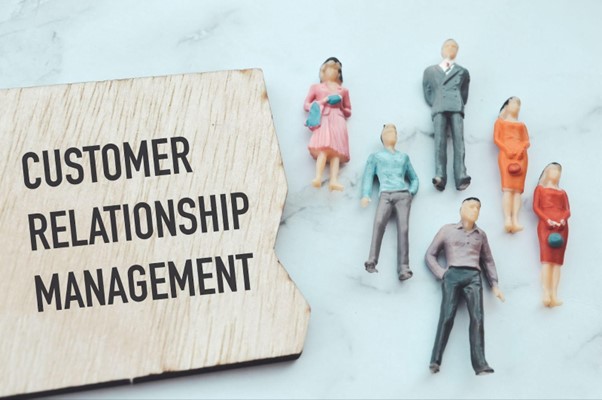
In the highly competitive world of B2B sales, it’s no longer enough to focus on short-term sales. Building strong relationships with potential and existing customers is key to sustainable long-term growth.
By using targeted marketing tactics and strategies, businesses can identify and target the right customers for their products or services, increasing the likelihood of successful conversions. But it’s not just about getting that first sale. By nurturing potential customers through the sales funnel, businesses can build trust and credibility with their customers, leading to long-term customer loyalty.
And loyal customers are the backbone of any successful business. They not only continue to make repeat purchases but also become advocates for the brand, sharing their positive experiences with others and helping to drive even more business growth.
But this level of customer loyalty isn’t built overnight. It takes time and effort to build and nurture those relationships, and that’s where successful B2B lead generation strategies come into play.
So, if you’re serious about sustainable long-term growth, don’t just focus on the short-term sale. Choosing a good growth marketing agency will help you with the best lead generation strategies, and the benefits will be worth it. You will have increased customer loyalty, higher revenue, and a healthier bottom line for your business.
- Cost-Effective Marketing

Every dollar counts. That’s why cost-effective marketing tactics are more important than ever before. B2B lead generation is one such tactic that can help businesses achieve their goals without breaking the bank.
Unlike traditional advertising methods such as TV, radio, print, and billboards, B2B lead generation strategies are much more targeted and cost-effective. By using tactics such as social media advertising, content marketing, email marketing, webinars, and referral marketing, businesses can attract and engage potential customers without the high costs of traditional advertising.
But not everything is about saving money. B2B lead generation can also be much more effective than traditional advertising methods. By targeting the right customers with the right messages at the right time, businesses can increase their chances of converting potential customers into paying customers.
- Competitive Advantage
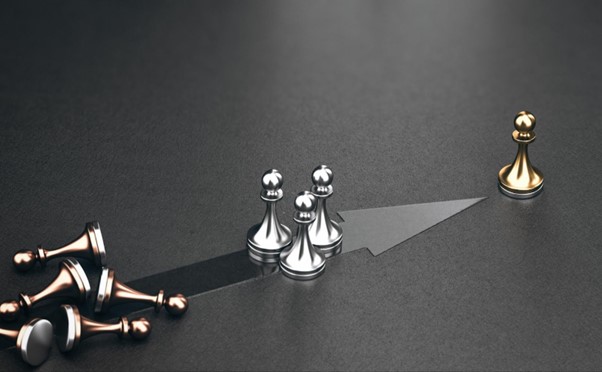
Implementing effective B2B lead generation strategies can give your business a significant competitive advantage in several ways.
Firstly, B2B lead generation is all about finding and attracting the right customers for your business. By developing a deep understanding of your target audience, you can create marketing campaigns that resonate with their specific pain points and needs. This results in higher-quality leads that are more likely to convert into paying customers.
Secondly, B2B lead generation can help you stay ahead of your competitors by positioning your business as a thought leader in your industry. By creating valuable content that addresses the challenges and opportunities facing your customers, you can establish your business as a trusted authority in your field. This can lead to more inbound leads and higher brand awareness, giving you a significant competitive advantage.
Finally, B2B lead generation can help you optimize your sales process, leading to more closed deals and increased revenue. By using data-driven insights and targeted messaging, you can streamline your sales funnel and improve your conversion rates. This means you can close more deals with less effort, giving you a competitive advantage in your market.
All of these benefits can give you a significant competitive advantage in your industry, helping you stay ahead of the game and achieve your business goals. This can save time, effort, and resources that would otherwise be wasted on unqualified leads.
Different Funnel Types to Maximize B2B Leads
If you are tired of feeling like your business is just spinning its wheels, struggling to attract and convert potential customers, there are seven different types of funnels that can help your business generate leads and turn them into paying customers.
Top of Funnel (ToFu) Funnel Types
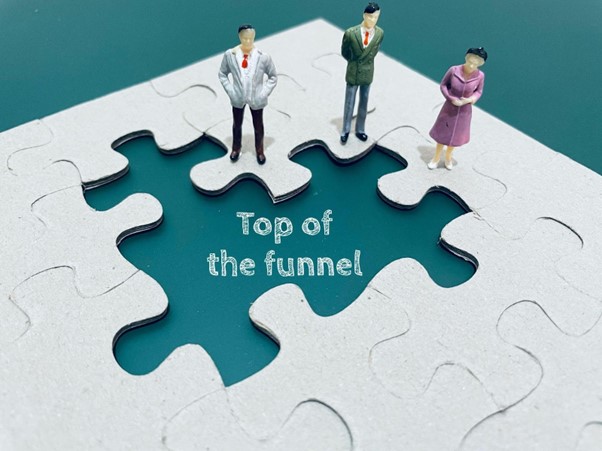
ToFu is the first stage in a marketing or sales funnel, where potential customers are introduced to a brand or product for the first time. In B2B marketing, ToFu strategies are aimed at creating brand awareness and attracting leads who may be interested in the products or services that a company offers. The goal of ToFu is to create a large pool of leads that can then be nurtured and moved further down the funnel toward a sale.
- Traditional Advertising Funnel
First up, we have the traditional advertising funnel. This is the OG funnel that involves using traditional advertising. It’s like a time capsule of marketing history, taking us back to the golden era of TV commercials, radio jingles, print ads, and flashy billboards. It’s the granddaddy of marketing funnels, the one that paved the way for all the other funnels to come.
With this funnel, you’re reaching out to the masses, grabbing their attention with catchy slogans, beautiful visuals, and persuasive messages. It’s a shotgun approach, casting a wide net and hoping to catch as many potential customers as possible. But hey, if it ain’t broke, why fix it?
Sure, it may not be as flashy or trendy as some of the other funnels out there, but there’s something to be said for the classics. And with the right messaging and creative execution, the traditional advertising funnel can still pack a punch and bring in a steady stream of customers. Think of it as the tried-and-true method of marketing.
- Social Media Advertising Funnel
Up next, we have the social media advertising funnel – the young, cool kid on the block! This method is all about getting up close and personal with your customers, tapping into their interests, and creating a conversation around your brand via social media platforms like Facebook, Twitter, and LinkedIn. In fact, according to Sprout Social, 80% of B2B leads come from LinkedIn, making it a valuable tool for B2B lead generation.
With social media advertising, you can target your ideal customer with precision, using data-driven insights to create content that speaks directly to their needs. It’s like having a one-on-one chat with your audience, where you can listen, respond, and build a relationship that lasts.
So, if you’re looking for a way to connect with your customers on a deeper level and create a loyal fanbase that loves your brand, the social media advertising funnel is the way to go. It’s modern, it’s fresh, and it’s all about building relationships that last a lifetime.
- Content Marketing Funnel
This strategy is all about sharing your knowledge and expertise with the world, creating valuable and informative content that speaks directly to your ideal customer.
With the content marketing funnel, you’re not just selling a product or service; you’re educating your customers and empowering them with the knowledge they need to make an informed decision. It’s like being the coolest teacher ever, using blog posts, e-books, and whitepapers to engage your audience and nurture them until they’re ready to take the next step.
So, if you’re passionate about your industry and want to position yourself as a thought leader in your space, the content marketing funnel is the way to go. With this strategy, you’ll not only attract more customers, but you’ll also build a loyal fanbase that values your expertise and trusts your brand. If you don’t believe this, here is a stat that will help you – 45% of the businesses are publishing more content and publishing more frequently.
Middle of Funnel (MoFu) Funnel Types
- Email Marketing Funnel
Get ready to ring the bell on the email marketing funnel! This strategy is all about staying top-of-mind with your potential customers and delivering a one-on-one experience that keeps them engaged and excited about your brand.
With the help of this funnel, you are not just blasting generic emails to your whole list. You’re targeting specific segments of your audience with personalized messages that speak to their unique interests and needs. Research suggests that for every $1 you spend on email marketing, you can expect an average return of $40 . Isn’t it massive?
So, if you’re looking for a way to build a strong relationship with your customers and boost your sales, the email marketing funnel is the way to go. With this strategy, you’ll be able to deliver the right message to the right person at the right time and keep your audience coming back for more.
- Webinar Funnel
Hosting webinars is the ultimate game-changer for businesses looking to showcase their expertise in an informative and interactive way. With this cutting-edge strategy, you’ll be the star of the show, captivating your audience with your knowledge and leaving them wanting more. A study suggests that 95% say that webinars are a key part of their marketing efforts.
First, you create a landing page to promote your webinar and collect registrations. This page should highlight the benefits of attending your webinar and provide a clear call-to-action for people to sign up.
Once people register, you send them confirmation emails with details about the webinar, such as the date and time, as well as reminders leading up to the event. During the webinar, you deliver valuable content related to your business or industry and engage with attendees through polls, Q&A sessions, and other interactive features.
After the webinar, you can follow up with attendees to continue the conversation, nurture leads, and encourage them to take the next step in the customer journey. This could involve offering a free consultation or trial of your product or service or simply providing more valuable content to keep them engaged.
Bottom of Funnel (BoFu) Funnel Types
- Sales Funnel
A sales funnel is all about a strategic series of steps and interactions that guide potential customers toward making a purchase, while optimizing revenue for the seller. It’s like a shopping trip with a trusted advisor designed to ensure a satisfying and successful buying experience.
The sales funnel typically begins with attracting potential customers through various marketing channels, such as social media, search engines, or advertising. Once a potential customer is interested, the next step is to provide them with more information and build trust through sales pages, landing pages, and other marketing materials.
As the potential customer moves further down the sales funnel, they may be presented with upsell and cross-sell opportunities, which encourage them to purchase additional products or services. If they do not complete the purchase at this point, the sales funnel may offer them a downsell or alternative option designed to keep them engaged and interested.
- Referral Marketing Funnel
Imagine having a team of loyal customers who can’t stop raving about your business to their friends and family. That’s the power of the referral marketing funnel – a strategy that incentivizes existing customers to bring in new leads for your business. By offering rewards and incentives, you can turn your customers into your biggest advocates, generating high-quality leads and building lasting loyalty.
A referral marketing funnel is a powerful tool for businesses looking to grow their customer base and increase revenue. By tapping into the social networks and personal connections of your existing customers, you can expand your reach and connect with new, highly qualified leads. And with rewards and incentives on the table, your customers will be motivated to spread the word and bring in new business.
With the right strategy and incentives in place, you can turn your customers into a powerful marketing force and take your business to new heights. In fact, according to 84% of B2B decision-makers, the B2B buying process starts with a referral
So, whether you’re a traditionalist or a social media guru, there’s a funnel out there for you. That’s why working with a growth marketing agency can be a game-changer for your business. They have the expertise and experience to help you identify the best funnel types for your business and implement growth marketing strategies effectively.
Choosing the Right Funnel Type for Your Business
Choosing the right funnel type for your business can be a crucial decision that can significantly impact your sales and revenue. Here are some factors to consider when making your decision:
- Target audience
Your target audience is a diverse group with unique needs and wants. Understanding their preferences and behaviors is crucial when it comes to creating effective sales funnels. For example, younger audiences may be more tech-savvy and prefer interactive elements such as quizzes or games, while older audiences may prefer a more straightforward and simplified funnel.
If you want to appeal to your target audience and maximize your funnel’s effectiveness, you need to consider their age, gender, interests, and behaviors. Conducting market research and analyzing customer data can help you gain valuable insights into what your audience wants and how they like to shop.
Once you’ve identified your target audience, you can tailor your funnel to their specific needs and preferences. For example, you might use a video or animation to engage younger audiences while using more straightforward language and design for older customers.
By understanding your target audience and choosing the right funnel type, you can increase your chances of converting visitors into loyal customers. So, take the time to research and understand your audience, and choose a funnel that speaks their language and meets their needs.
- Products/Services
When it comes to selling products or services, not all funnels are created equal. The type of funnel you choose should be based on the type of product or service you are offering. For example, if you are selling a high-ticket item, such as a luxury car or a high-end consulting service, you may need a longer and more educational funnel that provides detailed information about the product’s benefits and features.
On the other hand, if you are selling a low-ticket item, such as a t-shirt or a piece of jewelry, a simple one-page funnel may be sufficient to drive sales. This type of funnel should focus on creating a sense of urgency and providing a clear call-to-action that encourages customers to make a quick purchase decision.
It’s important to note that the length and complexity of your funnel should be directly proportional to the price of your product or service. If you’re selling a mid-priced item, your funnel should strike a balance between providing enough information to convince customers to make a purchase and not overwhelming them with too much information.
Ultimately, the goal of your funnel is to guide potential customers through the buying process and encourage them to take action. By choosing the right funnel type for your product or service, you can create a seamless and effective buying experience that drives sales and grows your business.
- Sales Cycle
Some sales can be closed in a matter of minutes, while others may take weeks or even months to finalize. That’s why it’s important to consider the length of your sales cycle when choosing the right funnel type for your business.
If your sales cycle is long, you’ll want to create a funnel that keeps potential customers engaged and interested in your product or service throughout the entire process. This may require a more complex funnel with multiple touchpoints, such as email campaigns, retargeting ads, and personalized content.
A long sales cycle also means that your potential customers will need more time to evaluate your product or service and make a purchase decision. That’s why it’s important to provide them with all the information they need to make an informed decision, such as product demos, case studies, and customer reviews.
On the other hand, if your sales cycle is short, you may not need as many touchpoints or a complex funnel. Instead, you can focus on creating a simple and straightforward funnel that encourages customers to make a quick purchase decision.
- Conversion Goals
Before you design your funnel, there’s a key question to ask: what’s your conversion goal? Is it sales that you want to roll? Or is brand awareness your primary goal? Your funnel should be crafted to align, so your goals can be met just fine!
The design of your funnel should be focused on achieving your primary conversion goal. Whether it’s generating leads, making a sale, or building brand awareness, your funnel should guide potential customers toward that goal.
For example, if your primary conversion goal is to generate leads, your funnel should be designed to capture contact information and encourage potential customers to take action. This might include offering a lead magnet or providing a free trial of your product or service.
If your primary conversion goal is to make a sale, your funnel should be designed to guide potential customers through the buying process and encourage them to complete their purchase. This might include providing detailed product information, offering special discounts, and providing a seamless checkout experience.
And if your primary conversion goal is to build brand awareness, your funnel should be designed to educate potential customers about your brand and what makes it unique. This might include providing valuable content, sharing customer testimonials, and using social media to engage with your audience.
- Budget
When it comes to choosing the right funnel type for your business, budget is a key factor to consider. Different funnel types require varying levels of investment in terms of time and money.
If you have a limited budget, consider a simpler funnel that requires less time and resources to set up. This might include a basic landing page or a single-page funnel that focuses on a clear call-to-action and a simple checkout process.
On the other hand, if you have a larger budget, you may want to consider a more complex funnel that includes multiple touchpoints and personalized content. This might include email campaigns, retargeting ads, and custom landing pages that are designed to engage potential customers at every step of the buying process.
It’s important to note that while a more complex funnel may require a larger investment upfront, it can ultimately lead to a higher return on investment (ROI) in the long run. By providing potential customers with multiple touchpoints and personalized content, you can build a strong relationship with them and increase the likelihood of converting them into paying customers.
By carefully evaluating these factors, you can choose a funnel type that is both catchy and informative and, most importantly, effective in driving sales and revenue for your business.
Examples of B2B Businesses and Their Funnel Types
Let’s take a sneak peek into B2B businesses and their funnel types! Here are three examples of how different B2B companies use funnel types to drive sales and grow their business.
- Salesforce
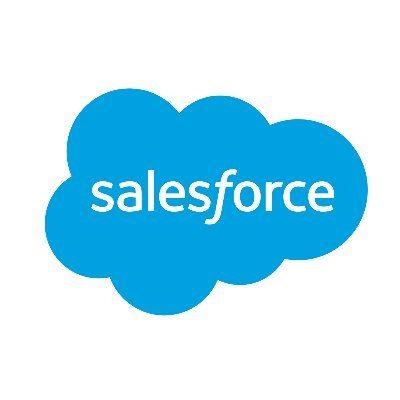
As a global leader in customer relationship management (CRM), Salesforce uses a complex funnel that includes multiple touchpoints. Their funnel starts with providing valuable content such as webinars, blog posts, and eBooks that educate potential customers about the benefits of their products. As prospects engage with their content, Salesforce nurtures them with email campaigns, personalized content, and demo requests, leading them toward a purchase decision.
- HubSpot
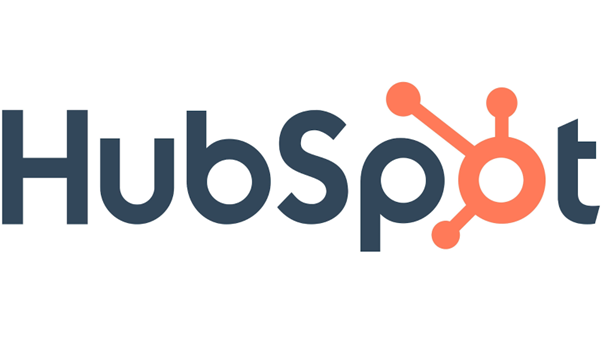
HubSpot offers marketing, sales, and service software for businesses of all sizes. They use a funnel that focuses on generating leads through valuable content such as eBooks, webinars, and blog posts. Once a prospect shows interest in their content, they are directed towards a landing page that offers a free trial of their software. From there, HubSpot uses email campaigns and retargeting ads to nurture leads toward a purchase decision.
- Dropbox
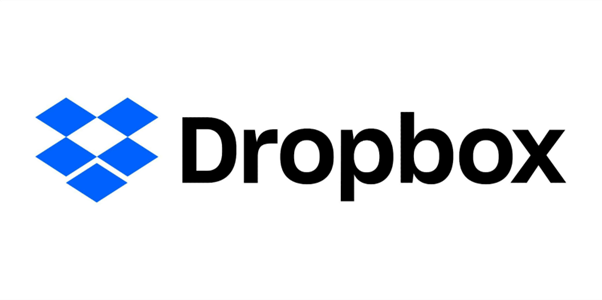
Dropbox is a file hosting and sharing service that offers cloud storage solutions for businesses. They use a simple yet effective funnel that starts with a single landing page that encourages potential customers to sign up for a free trial. Once a prospect signs up, Dropbox provides personalized content and offers product demos to help them understand the value of their service. The funnel ends with a clear call-to-action that encourages users to upgrade to a paid plan.
These are just a few examples of how B2B businesses use different funnel types to drive sales and grow their business.
Final Words
A B2B lead generation strategy is crucial for driving growth and revenue in your business. By understanding your target audience, choosing the right funnel type, providing valuable content, and nurturing leads through personalized campaigns, you can convert prospects into loyal customers. Remember, a successful B2B lead generation strategy requires patience, persistence, and a deep understanding of your customer’s needs. Keep these factors in mind, and you’ll be well on your way to achieving success in the world of B2B sales.

